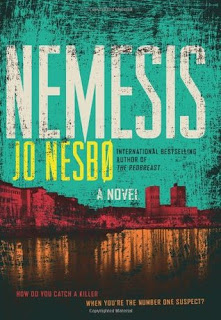Another year is in the books (ha!) and here's a summary of how things went literarily.
Ten best books I read this year (in no particular order):
1. Lost Gods by Brom
2. Dark Matter by Blake Crouch
3. Freedom of the Mask by Robert McCammon
4. Swan Song by Robert McCammon
5. The Secret Speech by Tom Rob Smith
6. Agent 6 by Tom Rob Smith
7. The Black Widow by Daniel Silva
8. The Girl with All the Gifts by M.R. Carey
9. Since We Fell by Dennis Lehane
10. The Life We Bury by Allen Eskens
The ignominious honor of the worst book I read all year goes to David Sedaris's Squirrel Seeks Chipmunk.
Number of books read – 71.
Book signings attended:
Dennis Lehane - Since We Fell
Dan Wells - Nothing Left to Lose
David Sedaris - Theft by Finding: Diaries 1977-2002
Tad Williams - The Witchwood Crown
Craig Johnson - The Western Star
A.J. Jacobs - It's All Relative
2018 books I’m looking forward to:
Iron Gold by Pierce Bronson
Omega Canyon by Dan Simmons
The Bishop’s Pawn by Steve Berry
The Cutting Edge by Jeffery Deaver
Head On by John Scalzi
Noir by Christopher Moore
The Saint of Wolves and Butchers by Alex Grecian
The Outsider by Stephen King
The Passenger by Cormac McCarthy
The Thorn of Emberlain by Scott Lynch (fingers crossed)
Early Riser by Jasper Fforde
Winds of Winter by George R.R. Martin (fingers and toes crossed)
Legion: Lies of the Beholder by Brandon Sanderson
Skyward by Brandon Sanderson































